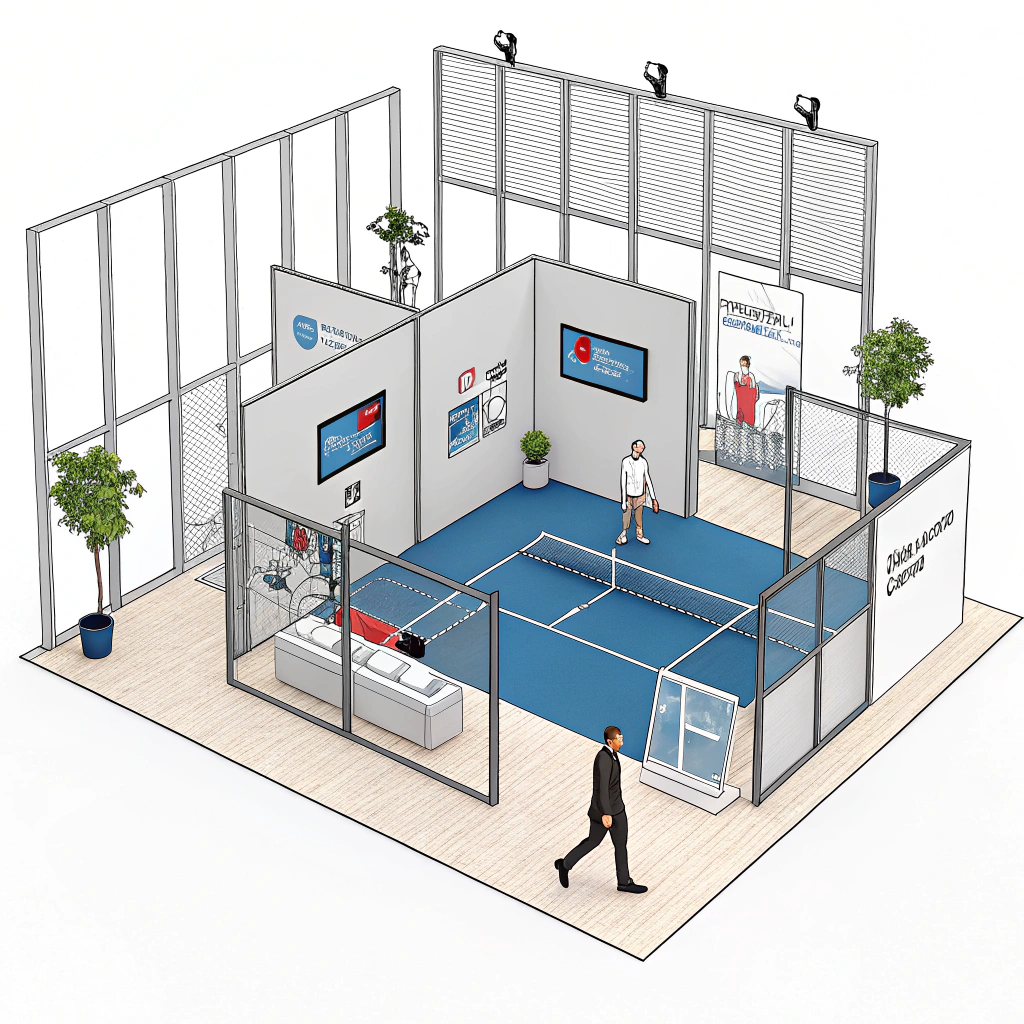Quick Answer: An effective pop up booth design for padel trade shows combines innovative visuals, interactive experiences, and clear brand messaging to drive engagement and maximize ROI. By addressing common challenges with data-driven solutions1, B2B marketing managers can create a booth that not only stands out but also generates qualified leads.
In today’s competitive landscape, trade shows play a pivotal role in defining a brand’s presence, particularly in the dynamic world of padel marketing2. As a B2B marketing manager or event coordinator, you know that a pop up booth is more than just a physical space—it’s a strategic platform for brand activation, lead generation, and direct engagement with potential partners.
However, designing a pop up booth that delivers measurable results can be challenging. Traditional booth setups often fall short in a fast-paced and visually competitive environment. Issues such as inadequate design, lack of interactive elements, and ineffective messaging can hinder lead quality and diminish ROI.
For many sports equipment companies, especially those focused on padel, the primary hurdles include:
- Low booth foot traffic despite considerable trade show attendance.
- Difficulty distinguishing from competitors.
- Missed opportunities for engaging visitors using interactive displays.
- Limited capability to adapt the booth design for different event themes or target audiences.
These challenges can lead to suboptimal engagement, reduced brand recall, and ultimately a lower return on investment (ROI) for trade show participation.
Understanding why a booth underperforms is essential for creating a solution that works. Here are some underlying reasons:
- Design Limitations: Many booths rely on static displays without the flexibility of customization. Without dynamic design elements, they fail to capture the attention of a diverse audience.
- Ineffective Messaging: In a crowded trade show hall, concise and impactful communication is critical. Overloading the booth with technical jargon or too many visuals can dilute your key messages.
- Lack of Engagement Tools: Passive displays rarely convert visitors into leads. Booths that do not incorporate interactive activities or digital integrations miss out on collecting valuable data for follow-up.
- Operational Constraints: Limited budgets and time constraints often force companies into using pre-designed setups that cannot be tailored to specific events or new padel trends.
These root causes necessitate a shift towards a more strategic, solution-oriented approach that blends marketing insights with practical design innovations.
To overcome these challenges, consider a multi-faceted strategy that combines design innovation with data-driven decision making. Below is a detailed solution checklist:
- Customize for Visual Impact: Incorporate modular designs3 that allow for easy reconfiguration based on event themes or audience segments. Use bold visuals and lighting to create an inviting atmosphere.
- Leverage Advanced Materials: Explore materials such as lightweight composites or custom-fabricated panels that resonate with your brand’s high-performance image. Our partner solutions in padel equipment manufacturing, for example, reflect similar principles of using advanced materials like carbon fiber4 for durability and precision.
- Interactive Zones: Design dedicated spaces for live product demonstrations, interactive screens, or augmented reality experiences5 that allow visitors to virtually engage with your padel equipment.
- Simplified Branding: Ensure that your core message is instantly recognizable. Use bold, easy-to-read fonts, and minimal text to highlight unique selling propositions.
- Consistent Storytelling: Align booth messaging with your overall brand narrative. Utilize success stories from notable collaborations (such as those with Hirostar, Reebok, and Starvie) to build credibility.
- Data-Driven Content: Incorporate real-world metrics and testimonials that underscore the benefits of your padel gear. Infographics or concise charts can effectively communicate performance metrics.
- Interactive Displays: Include touch screens or live demo setups to showcase product features and customization options (e.g., Diamond, Round, Teardrop racket designs).
- Gamification and Contests: Organize mini-competitions or interactive challenges that reward visitors with branded swag or discount offers. These activities not only entertain but also help collect valuable lead information.
- Expert Consultations: Facilitate on-site expert sessions where visitors can directly interact with product specialists. This helps in addressing technical queries and builds deeper trust.
- Modular and Portable Booths: Opt for designs that can be easily assembled and disassembled, allowing for rapid setup at different trade shows. This is crucial for companies with a busy event calendar.
- Pre-Event Training: Ensure that staff are well-versed in both product knowledge and engagement techniques. Conducting a short workshop before the event empowers your team to make the most out of each interaction.
- Post-Event Follow-Up: Implement a structured follow-up plan using collected leads from interactive sessions. This could involve personalized emails, targeted calls, or invitations to product demos.
Below is a summary table that outlines these key solutions:
| Challenge | Solution | Key Benefit |
|---|---|---|
| Low Engagement | Interactive displays and AR demos | Increased visitor interaction |
| Static Design | Modular, customizable booth layout | Adaptability to various event themes |
| Ineffective Messaging | Simplified, data-driven content | Clear brand communication |
| Operational Constraints | Portable booth solutions & pre-training | Efficient event management |
Implementing the above solutions in your pop up booth strategy involves a systematic process. Here’s a step-by-step guide:
Step 1: Evaluation and Benchmarking
Begin by reviewing your current booth design and performance metrics from previous trade shows. Identify the key areas that underperformed, whether it’s visitor engagement or lead conversion. Benchmark against industry standards, paying special attention to competitors in the padel marketing space.
Step 2: Collaborate with Design Experts
Work with experienced designers who understand the unique demands of trade show displays in the sports equipment industry. Share your brand guidelines and performance expectations. This collaboration will help in translating abstract concepts into concrete designs that resonate with your target audience.
Step 3: Integrate Advanced Technologies
Integrate interactive technologies such as digital kiosks, touch screens, or even VR experiences into the booth design. These tools not only capture visitor interest but also provide measurable data on interaction rates.
Step 4: Staff Training and Role Assignment
Designate roles for your brand ambassadors or booth staff. Provide them with clear scripts and training sessions to ensure consistency in messaging. A well-informed team can significantly enhance visitor experiences and drive meaningful conversations.
Step 5: Conduct a Test Run
Before the actual trade show, set up a pilot or test version of the booth. Invite a small group of existing partners or industry experts to simulate visitor interactions. Use their feedback to make necessary adjustments.
Step 6: On-Site Monitoring and Real-Time Adjustments
During the event, monitor visitor engagement and be prepared to make real-time adjustments. Whether it’s reconfiguring the layout or refining messaging based on visitor queries, agility remains key to optimizing performance.
Step 7: Data Collection and Post-Event Analysis
Collect data using lead capture forms, interactive kiosk software, or manual tracking by staff. After the event, analyze the data to understand which elements of the booth were most effective. This insight will guide your strategy for subsequent events.
Consider a mid-sized sports equipment company that recently re-evaluated its traditional booth design at a major padel trade show. Prior to the revamp, the company experienced low visitor engagement and minimal lead conversion. By adopting a solution-oriented approach, the company made the following changes:
- Redesigned the booth with modular components that allowed customization based on real-time visitor behavior.
- Introduced interactive zones featuring live demonstrations of their high-performance padel rackets.
- Utilized video testimonials and data-infused infographics to communicate the product benefits effectively.
The results were remarkable:
- A 35% increase in booth traffic
- A 50% rise in qualifying leads
- Improved brand recall among trade show attendees
This case study serves as a powerful reminder that innovative design and interactive elements can transform the performance of your trade show booth. When B2B marketing managers align their booth strategy with actionable insights and customer-focused experiences, the impact on brand activation can be substantial.
While the strategies outlined above potentiate great improvements, it is essential to consider a few limitations:
- Budget Constraints: Not all companies can invest heavily in cutting-edge interactive displays. However, incremental changes can still provide significant improvements.
- Scalability: Modular designs are highly adaptable, but rapid changes in booth configurations require careful coordination and skilled labor.
- Time Constraints: Preparation for showing at a trade event demands thorough planning. Ensure that sufficient time is allocated for both design and staff training.
By weighing these considerations against the expected benefits, companies can tailor a solution that delivers both immediate impact and long-term strategic value.
To maximize ROI from your pop up booth investment, here are some final recommendations:
- Engage a Trusted Manufacturer or Design Partner: Collaborate with experts who understand the specific needs of padel marketing. For instance, companies like NEX Padel have a proven track record in producing high-performance padel equipment. Their expertise can help translate technical benefits into impactful booth elements.
- Leverage Data-Driven Insights: Use analytics to continuously refine your booth strategy. Post-event data should inform future design decisions and marketing tactics.
- Focus on Differentiation: In a crowded industry, standing out is half the battle won. Ensure your booth not only reflects the high quality of your products— from customizable rackets to padel balls with pressurized packaging—but also tells a compelling brand story.
- Plan for Flexibility: Instead of a one-size-fits-all setup, design a booth that can easily adapt to different event scales and themes. Emphasize versatility in both design and functionality.
Implementing these actionable strategies will not only boost your immediate trade show performance but also contribute to sustainable, long-term growth in padel marketing.
Investing in an effective pop up booth design is crucial for any sports equipment company seeking to enhance its trade show presence. By addressing the key challenges—ranging from design limitations to engagement shortfalls—and implementing innovative, data-backed solutions, you can transform your booth into a powerful tool for brand activation and lead generation.
The path to greater event ROI lies in a combination of advanced design techniques, clear messaging, interactive experiences, and operational efficiency. With these strategies, you not only attract visitors but also convert them into loyal partners and customers.
We encourage all B2B marketing managers and event coordinators to review their current trade show setups critically and consider how these actionable solutions can drive a new wave of success in padel marketing.
Q: How does an interactive pop up booth enhance lead generation?
A: An interactive pop up booth captures visitor interest by integrating live demos, digital kiosks, and gamification elements. These activities create engaging experiences that encourage visitors to share contact details, thereby increasing lead conversion rates.
Q: What are some key design elements for a successful padel trade show booth?
A: Key design elements include modular and customizable layouts, bold and clear branding, advanced material usage for durability, and interactive displays that allow visitors to experience the product firsthand.
Q: How can data-driven insights improve booth performance at trade shows?
A: Data-driven insights enable actionable adjustments by identifying which booth elements attract the most engagement. By analyzing visitor behavior and lead quality, companies can refine messaging, tailor interactive experiences, and optimize overall event strategy.
-
data-driven solutions: Click to learn how leveraging analytics and real-time data can transform marketing tactics and enhance operational efficiency at trade shows. ^Back ↩
-
padel marketing: Click to explore an in-depth guide on the strategies and trends shaping the padel marketing landscape, including market segmentation and competitive positioning. ^Back ↩
-
modular designs: Click to understand the concept of modular design and its advantages in creating flexible, customizable environments for trade shows and events. ^Back ↩
-
carbon fiber: Click to discover the benefits and applications of carbon fiber in high-performance equipment, highlighting its durability and precision attributes. ^Back ↩
-
augmented reality experiences: Click to dive into how augmented reality is transforming consumer engagement at trade shows through immersive, interactive experiences. ^Back ↩







